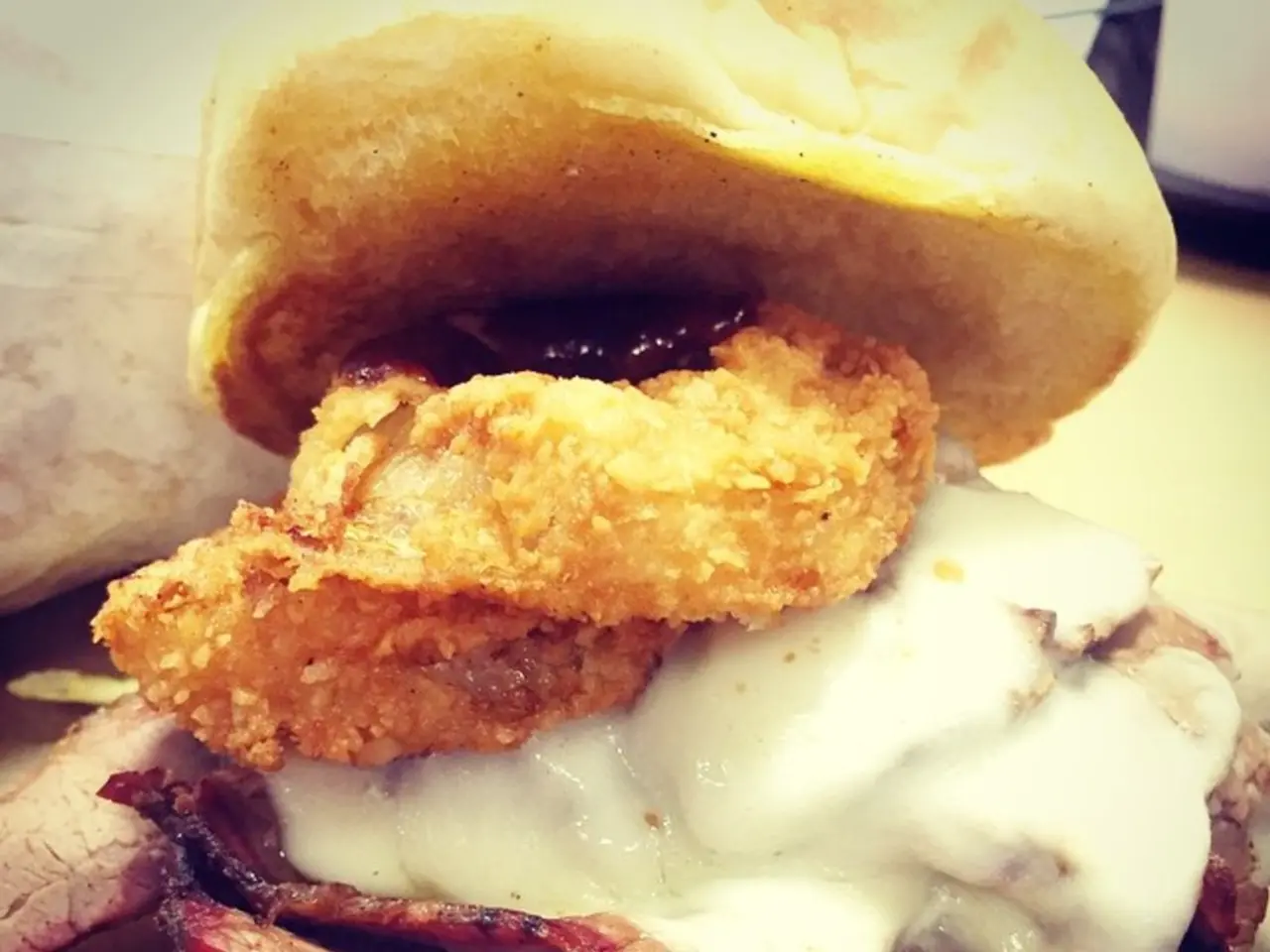Unaware Restaurant Slips THC into Pizzas, Possibly Affecting Up to 100 Customers
In late October 2024, a restaurant in Wisconsin found itself at the centre of an unexpected incident. Over 100 customers, including eight children, unknowingly consumed food containing tetrahydrocannabinol (THC), the primary ingredient in cannabis that causes a high.
The source of the intoxication was traced back to THC-infused cooking oil mistaken for ordinary canola oil, which was used in the restaurant's food preparation. The incident resulted in some customers being hospitalized due to intoxication, but thankfully, no one was seriously injured.
The restaurant, which shared a kitchen with a business that produced THC edibles, was shut down on October 24 for a thorough cleaning. It reopened on October 26, following the necessary sanitization procedures. No criminal charges were filed against the owner or others as the contamination was determined to be an accident.
This incident serves as a reminder of the potential risks associated with the rising popularity of THC and cannabis-centered businesses. To prevent unintentional THC exposure at food businesses that share space with cannabis-centered operations, it is essential to implement strict physical, procedural, and labeling controls.
Key measures include maintaining clear separation between cannabis product areas and food preparation or storage areas, using separate, clearly identified equipment and utensils, implementing a color-coding system to prevent cross-contact, ensuring all cannabis products comply with mandated packaging and labeling requirements, incorporating cannabis-related hazard identification and control steps within the facility’s HACCP plan, and enhancing hygiene practices to minimize contamination risks.
Regulations for clear labeling and secure storage of THC ingredients at food businesses may help prevent similar incidents. The report authors suggest that stricter regulations could help prevent unintentional THC exposure at licensed food businesses. By combining physical barriers, dedicated equipment with color-coding, strict packaging and labeling standards, hazard control integration, and thorough cleaning, food businesses can effectively minimize the risk of unintentional THC exposure when co-located with cannabis operations.
- Gizmodo reported on the incident involving a Wisconsin restaurant in October 2024, where customers unknowingly consumed THC-laced food.
- The source of intoxication was traced to THC-infused oil being used in place of canola oil, highlighting the risks of rising cannabis-centered businesses.
- The restaurant, linked to a THC edibles production business, was shut down for cleaning before reopening with sanitization procedures in place.
- While criminal charges were avoided due to the accidental contamination, it underscored the need for strict controls in shared spaces.
- To avoid such incidents, experts recommend physical separation, dedicated equipment, color-coding, mandated labeling, hazard identification, and enhanced hygiene standards.
- Regulations for clear labeling and secure storage of THC ingredients can help prevent similar unintentional exposure at food businesses.
- Stricter regulations could help ensure health and wellness, especially in areas like fitness, mental health, and medical-conditions, by reducing THC contamination risks.
- In light of this, responsible gambling enthusiasts, enjoying their favorite casino-and-gambling pastimes, might also find value in these preventive measures for a safer, more enjoyable lifestyle, including food-and-drink choices like CBD-infused recipes.




